[color-box color=”gray”] With panoramic views, the sight of the Inca Empire’s only remaining sun temple stands proudly on a hill surrounding the Cañar province countryside. The Ingapirca ruins are easily Ecuador’s best set of pre-Columbian ruins and well worth a day trip from Cuenca. Join us today for a step by step walk through of what you’ll find at the Ingapirca Ruins.
In this article we will cover:
Brief History Of The Ruins
Overview
The Basics; including location, hours of operation and how to get there
Inside The Ruins Step By Step:
1. The Cañari Site
2. Pilaloma
3. Ceremonial baths
4. The Plaza or “Kancha”
5. The Condamine
6. Storage and workshop structures
7. Moonlight Calendar
8. The Ellipse
9. Wineries
10. Camino del Inca “Ingañan”
- [/color-box]
A Brief History
The main purpose behind the Ingapirca structure is not known for certain. Several historians and archaeologists agree on the fact that it was built under the direct orders of the Inca Huayna Cápac, during the battles for territorial expansion and conquest of towns that the Inca Túpac Yupanqui, his father and predecessor, began years ago for the territories that today comprise the South of Ecuador.
Apparently, it was a place to aid in military strategies, but it seems to have been used mainly as a place of worship and veneration to the Sun, the maximum God of the Incas. The structures demonstrate the power of the Incas and their cultural strength and togetherness.
Ingapirca emerges as a new parish of the canton, Cañar on May 1st 1919 after petitions from its inhabitants was placed under the initiative and leadership of the priest Don Luis Sarmiento. Up to then, it had been one of many farming communities in the rural parish of El Tambo.
Back To The Top
Overview:
The Ingapirca ruins is the largest and best preserved archaeological complex in Ecuador. It is located 80 km from the city of Cuenca, in the province of Cañar, a haven of peace and relaxation in itself. Ingapirca means “Wall of the Inca” and its construction combines the coppery brown of adobe used by Cañary culture with the bluish-green andesite stones brought subsequently by the Incas. It was built with millions of stones, in the middle of the 18th century. These ruins stand out, both for the extraordinary work of masonry in stone blocks that make up its walls, as well as the originality appreciated in the design of its main structure, a tall and bulky elliptical platform known as the “Castle of Ingapirca”. Weather in Ingapirca is different from the city of Cuenca, and the capital of Quito. At 3180 meters, the climate is considerably colder, but the patterns are similar: prevailing sunny mornings, while afternoons tend to be cloudy and sometimes showers can be unpredictable during a visit. Therefore organzing a morning visit is preferred by many.
Back To The Top
The Basics:
Once in the archaeological site, the fees are $1 (for students showing and ID card) $3 for locals and $6 for foreigners. With this, you have access to the Museum, the ruins and the “Inca Trail”, it also includes a guide that will take you through the journey and explain each part of the complex and then you can visit the souvenir shops and restaurants available.
Opening Hours:
from Monday to Sunday 08:00 to 19:00
How to Get There:
To arrive at the ruins you can take a bus in the nearby towns of Azogues or Cuenca that leads directly to the current parish of Ingapirca, from there, you have to walk for about 15 minutes or take a taxi to the ruins. Make sure you check out the 7 Tips For Riding The Bus In Cuenca Ecuador.
(adsbygoogle = window.adsbygoogle || []).push({});
Inside the ruins step by step…
#1 The Cañari Site
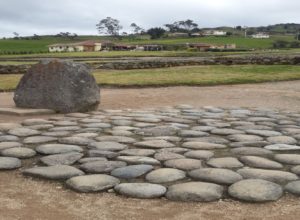
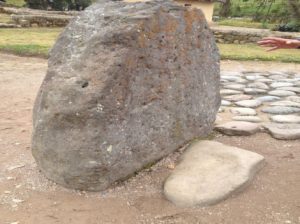
#2 Pilaloma
The Pilaloma is a small plain located in the South-eastern end of the temple, on which the Incas built enclosures in a space defined by a semi elliptical wall. Before the entrance to Pilaloma, there are five circular or conical, structures that were used to store agricultural products in bulk. It has been dates as the oldest structure of Ingapirca.
#3 Ceremonial Baths
The Cañaris participated in the Inca rituals and it is believed that in the rituals for the blessing of the water, they went into enclosed structures visible from the viewpoint, called the “baños del Inca” or ceremonial “Inca baths” that filled with water, which, once blessed, was allowed to flow through a small canal towards a room built underneath. The water fell onto the people in the room and they felt purified by it.
 #4 The Plaza or “kancha”
#4 The Plaza or “kancha”
When you turn to the central part of the complex, you’ll find a series of square and rectangular foundations of different dimensions that are located on the left side of a paved road, while on the other side of the road there are gradual semi elliptic platforms supported by small walls. The first foundations were built with cut stones and the second with boulders.
There is a group of ruins made up of 6 precincts apparently in disarray, but looking at it in an architectural sense, you can see that they surround a polygonal open space, which was call the Great Kancha which in english means big square. In quichua terminology of Inca architecture, the word kancha applies precisely to those central spaces of social function around which houses stood.
(adsbygoogle = window.adsbygoogle || []).push({});
#5 The “Condamine”
The Condamine is a group of buildings arranged along a central corridor. After carrying out investigations, it is guessed that this area was an “Acllahuasi” or House for women known as the “aguilas” (eagles) or “Virgins of the Sun” who were chosen as children, to work for the Royal elite of the Empire. They were the daughters of important members of the community and of course, considered to be very beautiful. Their job, among others, was to keep the Temple clean and in order. The large rectangular room could have been used as collective housing spot, identified in Inca architecture as “kallankas”.
#6 Storage and workshop structures
Archaeologists have found pieces of pottery and spinning or weaving equipment along these parts, as the “aguilas” were in charge of cooking and elaborating all of the clothing and equipment for the Incas and their rituals.
 #7 Moonlight Calendar
#7 Moonlight Calendar
The cañari had a sophisticated calendar based system. They used a large rock called a “tacita rock” onto which holes of different depths are found caused by the water falling onto the rock in the ravine. As these holes filled with water, the Incas were able to observe the way that the moonlight shone in the same spots every lunar month of the year.
 #8 The Ellipse
#8 The Ellipse
The Ellipse or”The Castle” in traditional construction terminology is oval shaped and not in itself a room, but rather an elevated platform surrounded by a great wall of honey combed stones, which holds two rooms overlooking the West and East respectively. This position suggests a ceremonial purpose, because of the horizon of observation which allowed to identify the places of the rising and setting of the Sun.
#9 Wineries
The wineries were a set of buildings which are located on a slightly undulated terrain attached to some chambers. When excavated, some bases of raw clay were discovered which were believed to have served to support the pots of a conical seat. Agricultural products or liquids are also believed to have been stored in the wineries.
 #10 Camino del Inca “Ingañan”
#10 Camino del Inca “Ingañan”
The paved road that separates the sector of the ruins of the large kancha from the one corresponding to the cañari platforms has been identified as Ingañan; It is a small sample representing the extensive road systems that the Incas built throughout their Empire with a design based on pavement and a slight slope that facilitated the fluidity of rain water towards the sides. This Ingañan must have been one of the entrances, perhaps the most important one, leading to Ingapirca.
Back To The Top
When you get a chance make sure to take a day off to step into this ancient world and marvel at its beauty and complexity. Make it a must see in your path to exploring Ecuador. Try to imagine the way they carried out each and every day and the customs that defined their way of life. The real question is: was their life simpler back then than ours is now? After looking at every magnificent structure that they built, with such limited tools, how can we possibly say that their knowledge was limited? That’s truly something to consider.

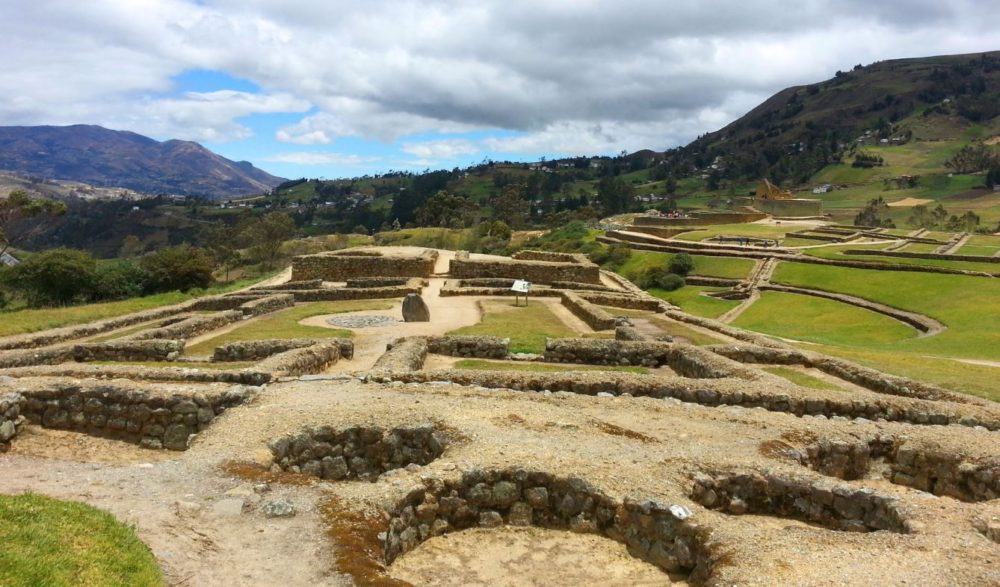

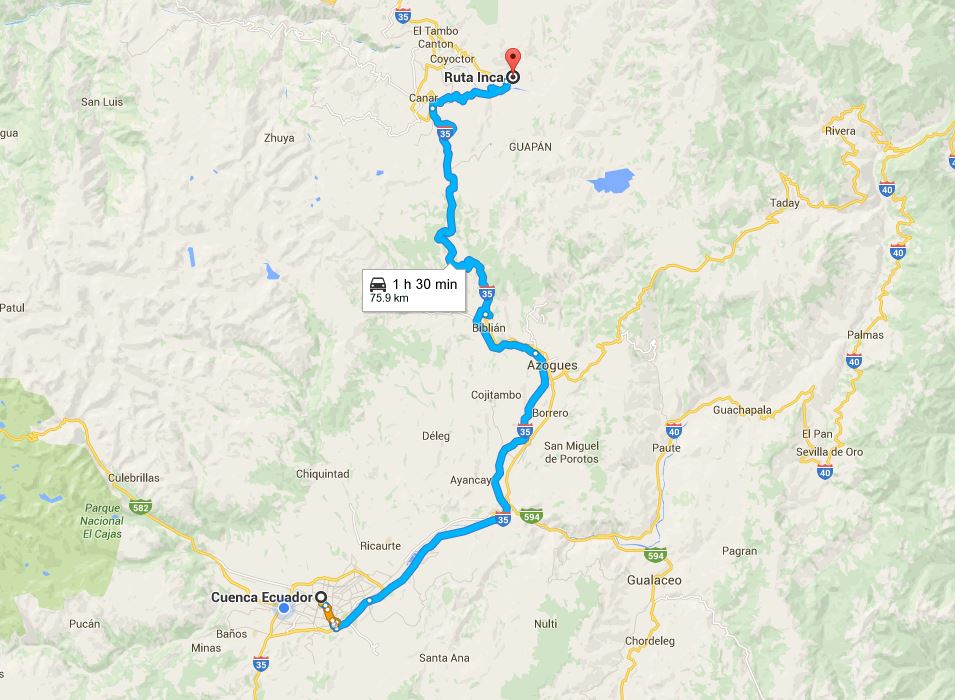
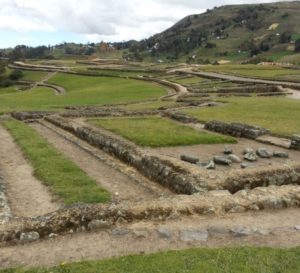 #4 The Plaza or “kancha”
#4 The Plaza or “kancha”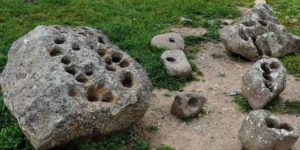 #7 Moonlight Calendar
#7 Moonlight Calendar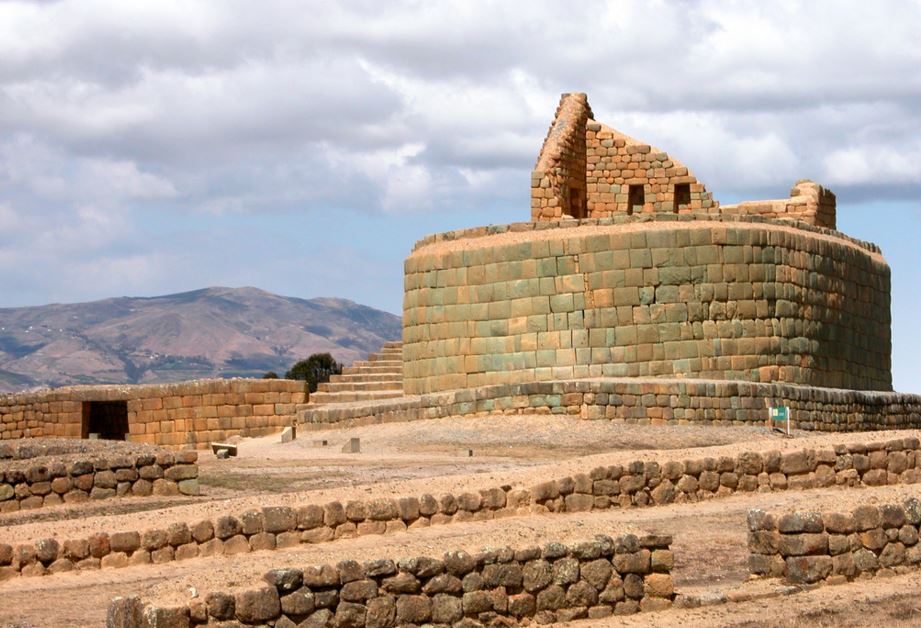 #8 The Ellipse
#8 The Ellipse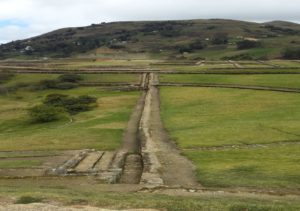 #10 Camino del Inca “Ingañan”
#10 Camino del Inca “Ingañan”














2 Responses
Thanks, Carolina. We are returning to visit Cuenca in a few weeks and we wanted to make this trip with some new friends who live there as a reward for them helping us with things related to the visit. So, we will all look forward to this trip to the the ruins. Having a bit of history about this is excellent and appreciated. Your writings are certainly worth commenting on.
Two typos – $1 (for students showing and ID card) and some bases of raw clay might be AN and VASES?
Please then delete this email as a comment. Just trying to help…